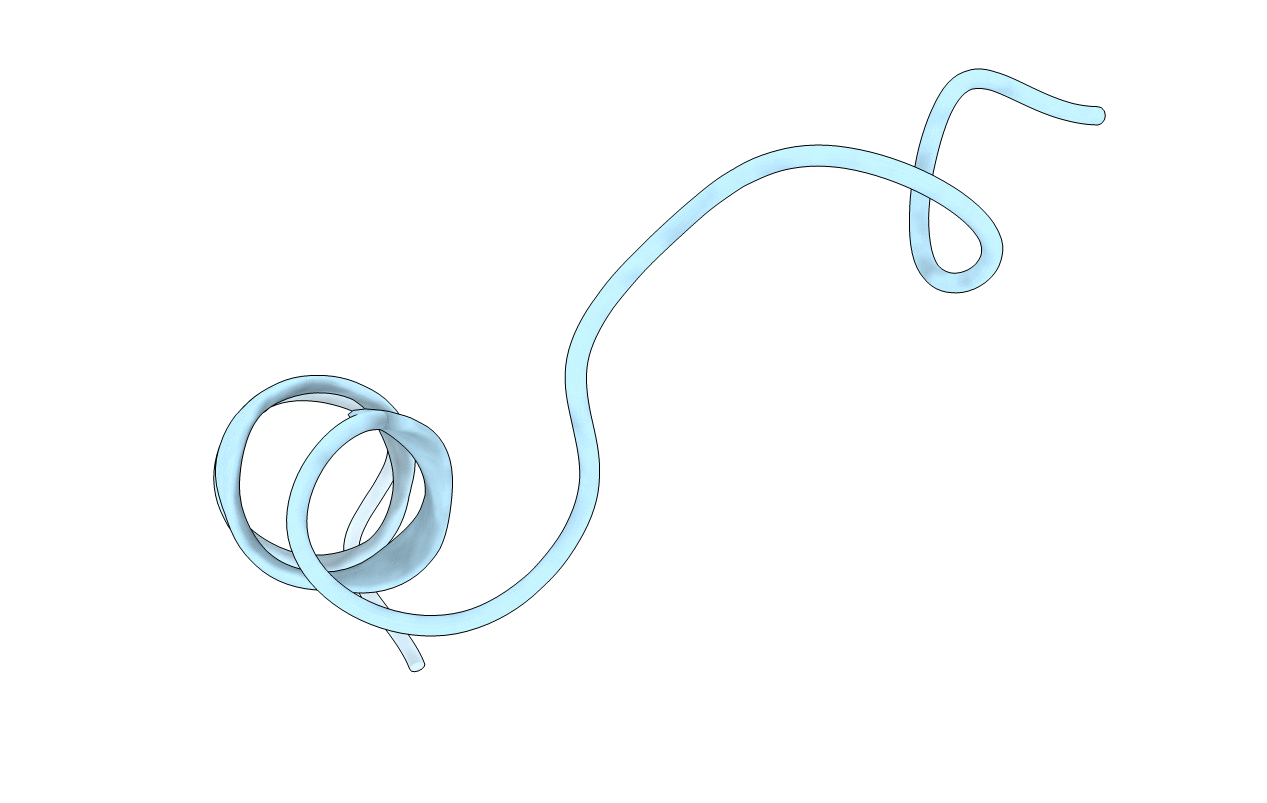
Deposition Date
1996-06-30
Release Date
1997-01-11
Last Version Date
2024-05-22
Method Details:
Experimental Method:
Conformers Calculated:
34
Conformers Submitted:
1
Selection Criteria:
LOWEST ENERGY


